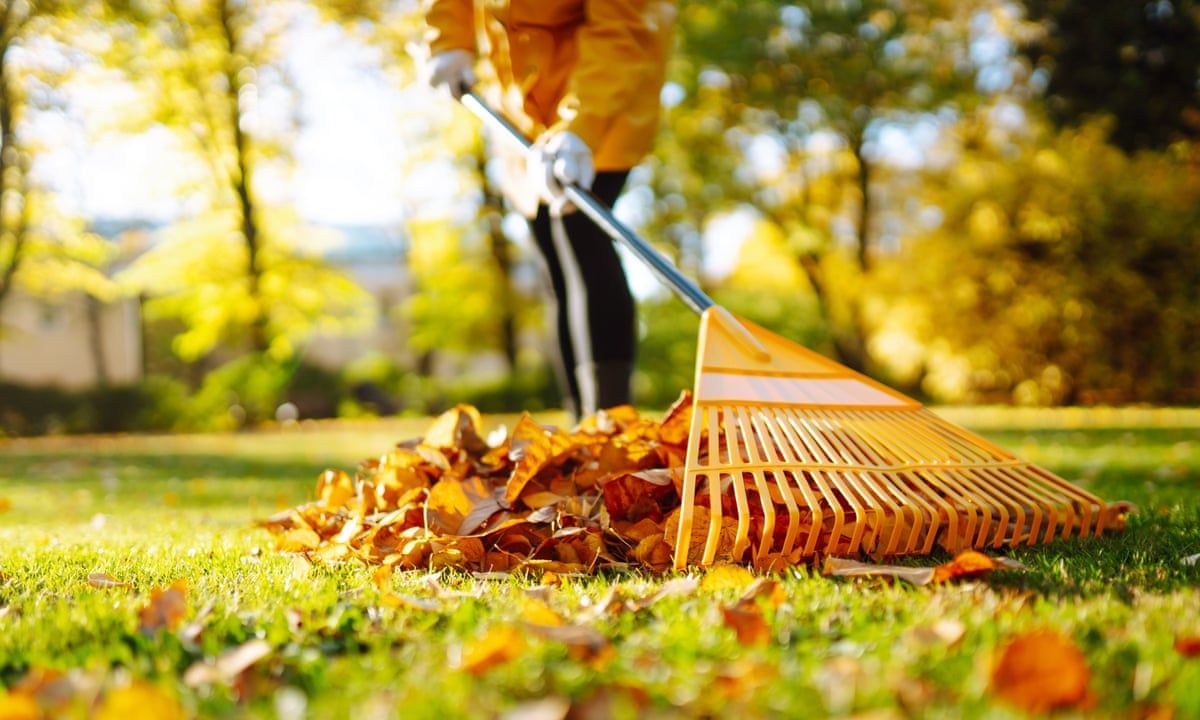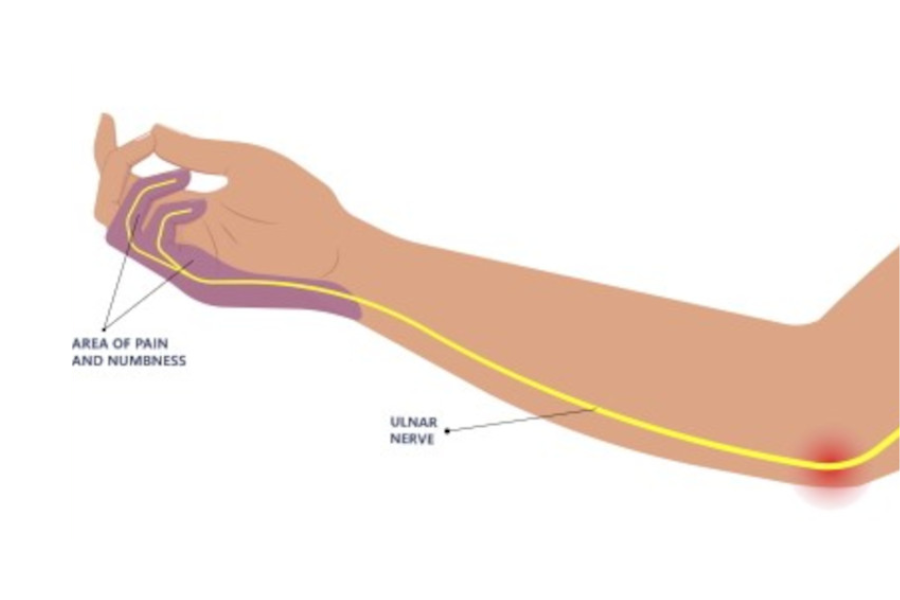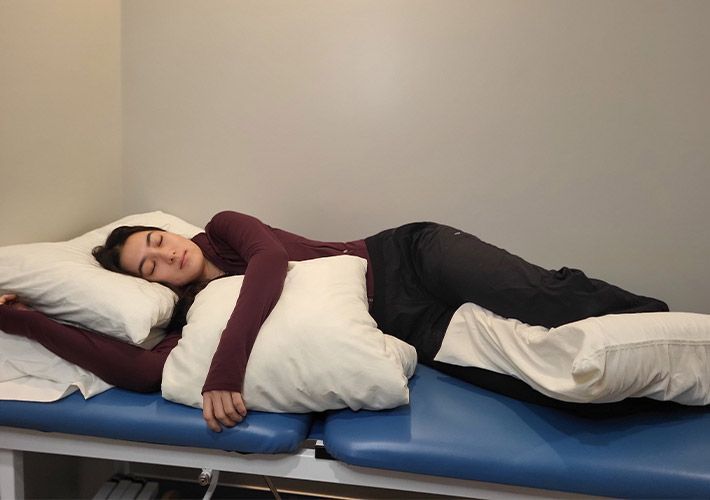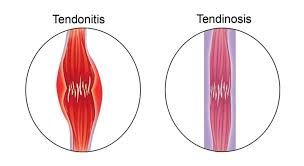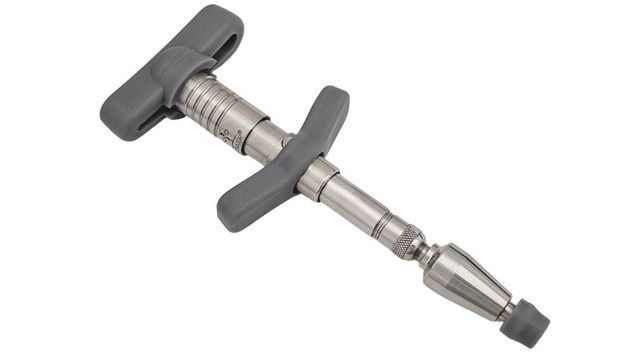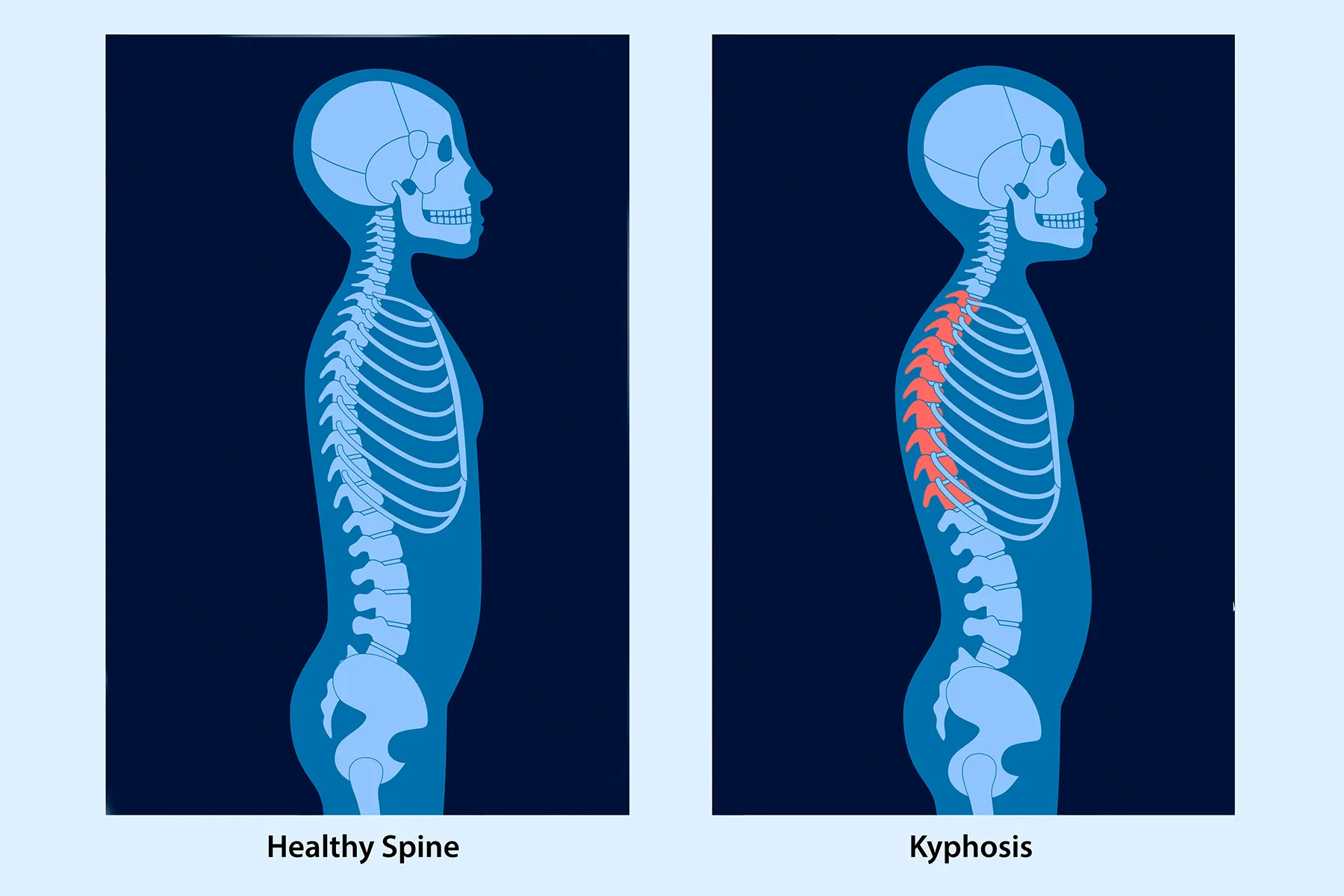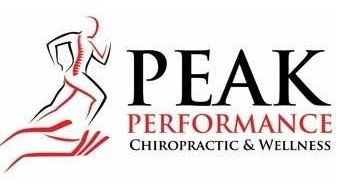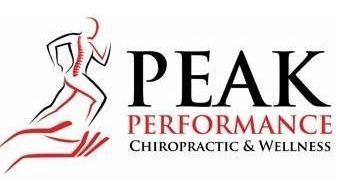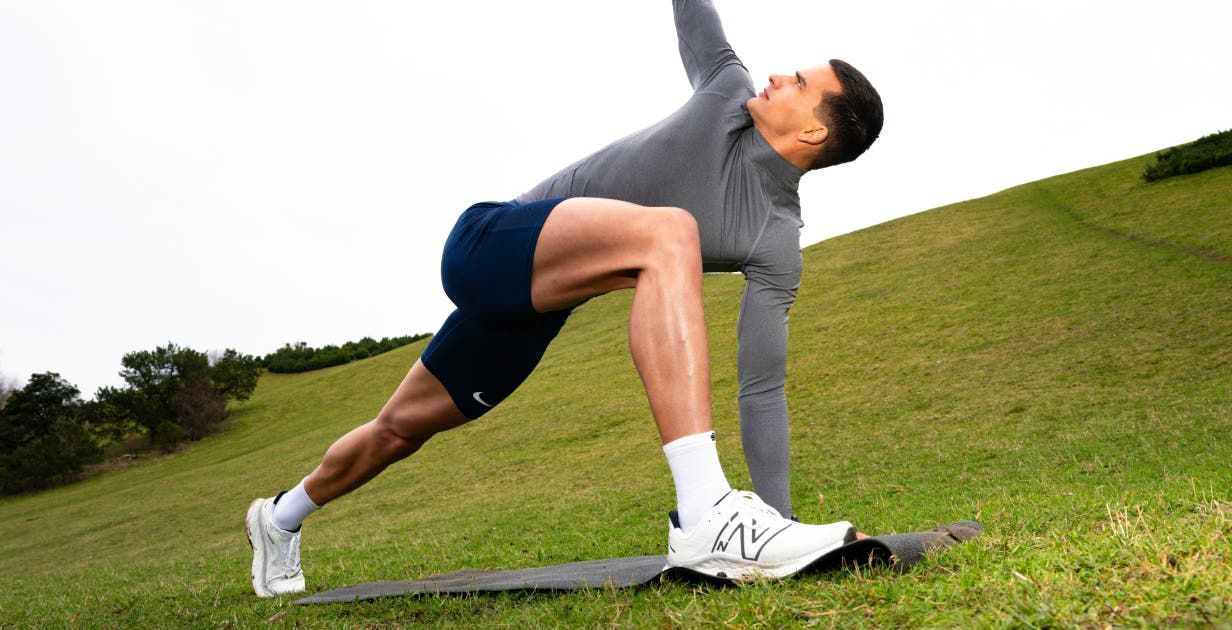10 Things You Didn’t Know About Inflammation
(And Why It’s Not Always the Villain)
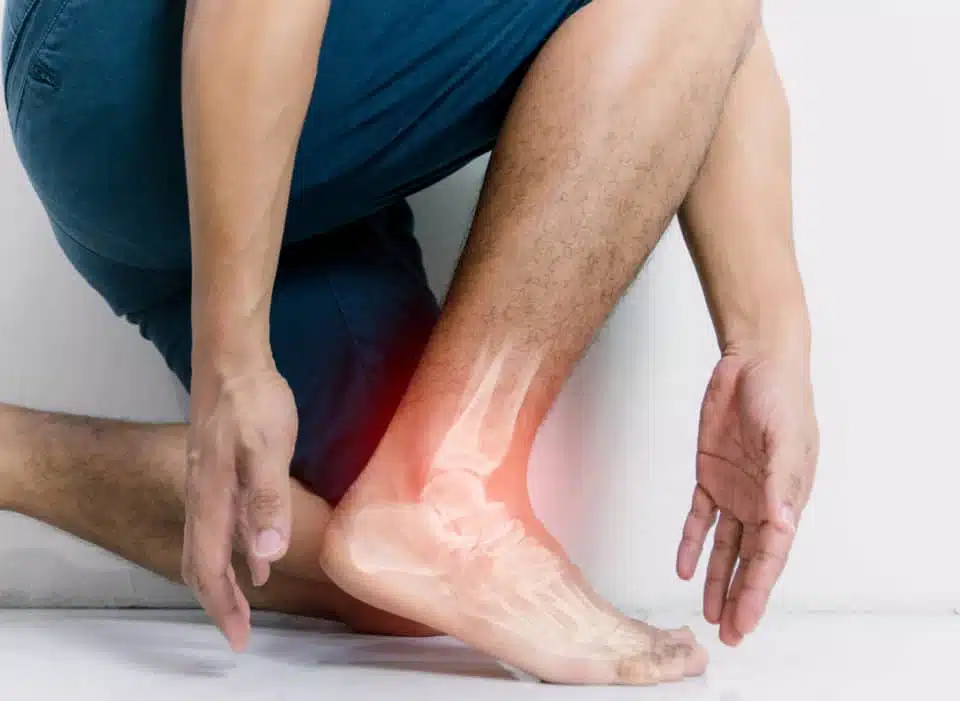
When you hear the word inflammation, you probably picture a red, swollen ankle after a bad twist on the pickleball court—or maybe you think of it as the culprit behind stiffness, achy joints, or chronic pain. But here’s the plot twist: inflammation isn’t always bad. In fact, it’s your body’s way of defending itself and keeping things running smoothly.
Still, when inflammation sticks around too long, it can cause all kinds of problems. Let’s dive into 10 things you may not know about inflammation—what it is, why it happens, how to keep it in check, and even what foods can help turn down the heat.
1. Inflammation Is Your Body’s Fire Alarm
Think of inflammation as your body’s 911 call. When you sprain your ankle, cut your finger, or fight off a cold, your immune system rushes in with chemical messengers that increase blood flow and send white blood cells to the scene. That’s why you see swelling, heat, redness, and sometimes feel pain. It’s your body saying, “Hey, something’s wrong, and I’m fixing it.”
2. There Are Two Types: Acute vs. Chronic
Not all inflammation is created equal:
- Acute inflammation is short-term and helpful. It’s the swelling you see after bumping your shin, which fades as your body heals.
- Chronic inflammation is the sneaky kind. It happens when your immune system keeps the alarm ringing, even when there’s no real emergency. This can lead to long-term issues like arthritis, heart disease, or diabetes.
The short version? Acute = your helpful friend. Chronic = the roommate who never pays rent.
3. It’s Not Just About Injuries
- Poor sleep
- Chronic stress
- Smoking
- Too much processed food or sugar
- Lack of movement
Basically, your body can misinterpret modern life as one giant emergency—and react with inflammation.
4. Inflammation Can Actually Be Good
Here’s the twist: without inflammation, you wouldn’t heal. Imagine cutting your finger and…nothing happens. No swelling, no scab, no repair. Yikes. Inflammation is how your body patches up wounds, fights infections, and bounces back after a tough workout. So the next time your muscles feel sore after leg day, thank inflammation—it’s part of how your body gets stronger.
5. But Too Much of a Good Thing Is…Not So Good
Chronic inflammation is like leaving a candle burning in your living room. Over time, it can damage tissues and organs. Research links long-term inflammation to conditions like:
- Heart disease
- Alzheimer’s disease
- Autoimmune disorders
- Type 2 diabetes
That’s why finding ways to keep inflammation balanced—not too much, not too little—is key for long-term health.
6. Stress Makes Inflammation Worse
Here’s some tough love: your stress levels really do affect your health. Chronic stress pumps out cortisol and other stress hormones, which in small bursts are fine. But when your body is stuck in “fight or flight” mode, it can keep inflammation turned on like a stuck light switch. This means stress management isn’t just about feeling calm—it’s about lowering physical inflammation, too.
7. Massage and Chiropractic Care Can Help
This is where we come in. Both massage and chiropractic care can play a role in reducing inflammation. Here’s how:
- Massage helps improve circulation, flushes out metabolic waste, and can decrease levels of inflammatory markers. Plus, it feels amazing.
- Chiropractic adjustments can improve joint mobility, reduce pressure on irritated tissues, and support the body’s natural healing response.
When your body moves better, it hurts less—and when it hurts less, your stress and inflammation levels naturally go down. Win-win.
8. What You Eat Matters (A Lot)
Your diet can either fuel the fire of inflammation or help put it out. Here are some foods that are known to calm inflammation:
- Fatty fish like salmon, sardines, and mackerel (hello, omega-3s)
- Leafy greens like spinach and kale
- Berries (blueberries, strawberries, raspberries)
- Nuts and seeds, especially walnuts and flaxseeds
- Olive oil (extra virgin, please)
- Spices like turmeric and ginger
On the flip side, processed foods, sugary snacks, fried foods, and sodas can all stoke the flames of inflammation. Think of it like this: the more “real” and colorful your plate, the more anti-inflammatory power you’re giving your body.
9. Exercise Reduces Inflammation (But Overdoing It Can Increase It)
Movement is medicine. Regular physical activity helps lower chronic inflammation by reducing fat tissue (which releases inflammatory chemicals) and boosting circulation. Even just walking 30 minutes a day can help.
That said, too much exercise without recovery can cause more inflammation. If you’ve ever felt wiped out and sore for days after overdoing it, that’s your body’s way of saying, “Cool it.” The sweet spot? Consistent, moderate movement with proper rest days.
10. Sleep Is the Ultimate Inflammation Fighter
Want an easy way to reduce inflammation? Go to bed. When you skimp on sleep, your body produces more inflammatory markers. On the flip side, getting 7–9 hours of quality shut-eye helps regulate your immune system, repair tissues, and keep inflammation in check. Consider it the most underrated (and free) treatment out there.
The Bottom Line: Don’t Fear the Flame—Manage It
Inflammation isn’t the villain it’s often made out to be. It’s your body’s built-in repair crew, helping you recover from injuries, fight off illness, and even grow stronger after workouts. The key is keeping it balanced.
Simple daily habits—like eating nutrient-rich foods, staying active (but not overdoing it), managing stress, and getting enough sleep—can make a world of difference. And if you need some extra help? That’s where chiropractic and massage care step in to support your body’s natural healing process.
So next time you feel a little sore or swollen, don’t panic. Remember: inflammation is just your body’s way of waving a flag and saying, “I’ve got this.”
Bethany Wolcott
D’Youville Chiropractic ‘26
